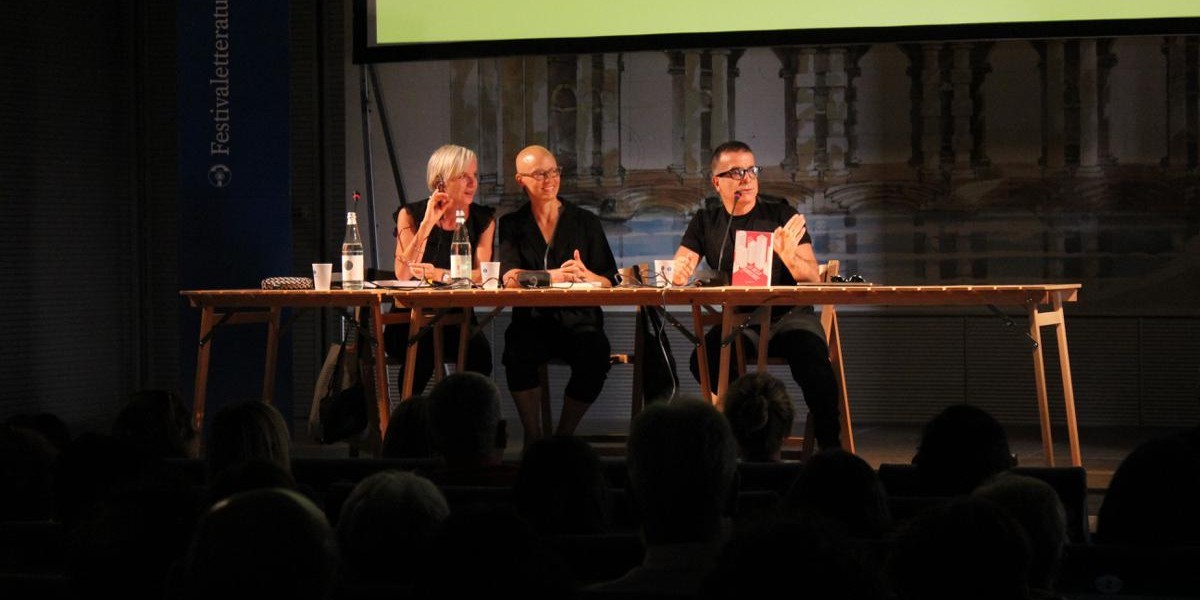
Scratching under the surface of the everyday
Piles of forms arranged like New York skyscrapers, rising up to to heavens. A nightmarish scene projected onto the cover of the Italian edition of The Beautiful Bureaucrat and the anxiety only grows as we progress through the pages and dive beneath the surface. The world created by Helen Phillips is governed by bureaucracy, which uses technology to turn people into numbers.
The protagonist lives in claustrophobic conditions locked up in her office, but this claustrophobia represents the author's dark view of existence: "life itself is closed between the two walls of birth and death." This novel comes out of a working experience that she considered to be very harsh and alienating, while the atmosphere recalls the widespread loss of optimism that faces many young Americans in these times of economic crisis. This is fantastic realism, created by a fusion of autobiography and science fiction.
Helen's influences include European authors like Orwell and Kafka, but also two masterpieces of Italian literature: Calvino and his Invisible Cities and Dino Buzzati's The Tatar Steppe. The author admits that she doesn't stop reading even when she is writing saying, "I consider the writers who I read as I write as collaborators. If I get writer's block, I read and it finds me help new stimuli." She ranges from short stories to novels, depending on the need: "short stories start from an expanded metaphor while novels come from a series of questions that I can't answer."
In terms of publishing and the role it has, she has a clear idea: "it has to take risks, it has to research and explore, and American publishing doens't take enough risks. I really think a lot of George Saunders, who is not afraid to move in new directions."



